3rd Grade at Cambridge: Discovering Ancient History
By: Olga Robbins, 3rd Grade Unit Teacher
In 3rd grade, we start the year with the story of Creation and focus on the goodness thereof. In the book of Genesis, as God created He validated everything as “good.” We learn to see goodness, truth, and beauty in the world that surrounds us through nature walks and nature studies, recitation of poetry and memorization of hymns.
As part of our integration of literature and the Bible, we read The Magician’s Nephew by C. S. Lewis in the beginning of the school year and compare the Lewis narrative of the creation of Narnia with that of the Book of Genesis.
We also learn about the tool of history and about archeology. One of the ways we learn about the tools and methods of finding out what happened a long, long time ago is by participating in our own archeological dig!
Children paint pottery, which is then smashed and hidden in a field. Subsequently, the field is divided into marked quadrants and then the third graders, armed with shovels, trowels, and brushes, dig and try to piece the broken pieces back together again.
Back in the classroom, we use hot glue to assemble the pots together as close as possible to original. This experiment also helps children notice the fine lines in ancient pots where they were pieced back together when we take field trips to the Walters Art Museum, the BMA, and the Archeological Museum at Johns Hopkins University.
Once we understand the ways in which the past can be studied, we dive straight into the ancient civilizations themselves. Our first destination is Mesopotamia. We learn about the Persians, the Assyrians, and the Babylonians; we study about the library in Nineveh and learn how the Hanging Gardens of Babylon were built to make a homesick queen happy; and we connect the dots between the Bible narratives and their historical contexts. During the Mesopotamia unit, we read The Epic of Gilgamesh, which is the oldest piece of literature known to man. We wrap our time in the Fertile Crescent by looking at ancient law as we compare the Code of Hammurabi with the Law of Moses. We even learn how to write secret messages using cuneiform - the oldest known system of writing.
We then focus on Ancient Egypt. We study about the lives of pharaohs, learn to decode hieroglyphics, and discover the fascinating culture and mythology that surrounded death in Ancient Egypt. We discuss the concepts of polytheism and monotheism as we read the book of Exodus and look at the interactions of the Jewish monotheistic slaves with the polytheistic people who enslaved them. We even mummify a chicken with salt and spices and observe it for 40 days to see the process of dehydration.
After Christmas, we start our Journey into Ancient Greece. We read the Greek myths, Aesop’s fables, and The Iliad and The Odyssey. Children learn how to narrate these stories as they make presentations about the Greek gods. We learn about the constellations and the legends that are connected to their names. We also study about the Punic wars, Alexander the Great, and the first Olympics. Finally, we channel the ancient Greeks' attempts to explain weather through mythology into studying about the real forces that are behind thunderstorms, hurricanes, and tsunamis (which, by the way, is not the wrath of Zeus!).
By the time we come to the Roman Unit, the students have a well-established foundation in mythology, and since the Romans basically “borrowed” gods from the Greeks, our study of Greek mythology enables us to learn the corresponding Roman names and immerse ourselves straight into the world of the Romans and their empire. We learn what it meant to be a gladiator, a slave, a plebian, or a patrician. We learn about the daily lives and habits of the Romans, and that we know so much because of the excavation of Pompeii.
This also gives us the opportunity to learn quite a lot about volcanoes as we discover the tragedy that buried the inhabitants of Pompeii alive. We study about the Roman war strategies, the Roman roads, and the "Pax Romana." We look at the cultural circumstances that took place at “the fulness of time,” when Christ was born in Bethlehem, which was then a part of the Roman Empire. Finally, we look at what it meant to practice Christianity in the Roman Empire and consider the cost of being a follower of Christ when the culture that surrounds us prefers “bread and circuses.”
Our last unit of the year is Ancient China. In this unit, we look at the many “firsts” that the Chinese discovered or invented, such as paper, gunpowder, and ice cream. We learn about the Great Wall of China (and did you know that sticky rice was the secret ingredient that made it so durable?), the mythology of China, and then compare that mythology with that of cultures studied earlier in the year: Mesopotamia, Greece, and Rome.
Our hope in 3rd grade is that our students will come to view history not as a series of random dates and timelines, but as interconnect events and the background to the story of God’s relationship with humanity, where God’s providence and man’s choice are intertwined with the utmost goal of redemption and restoration.
